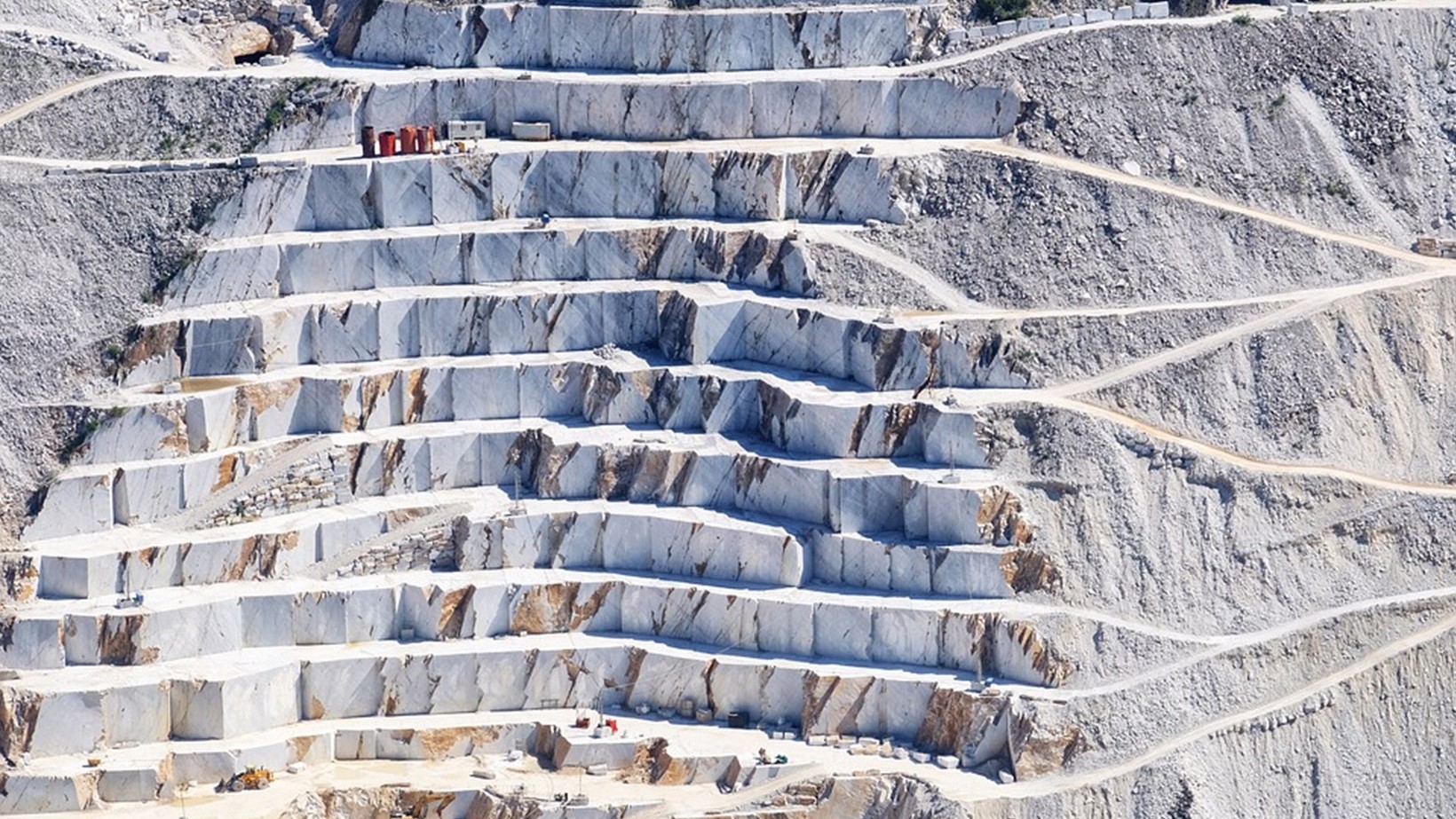
Source: Industrial Chimney /cco Unsplash
Building construction constitutes 40 per cent of the world’s raw stones, gravel and sand consumption per year and 25 per cent of the virgin wood. It also consumes 40 per cent of the energy and 16 per cent of water used annually. These figures illustrate that the construction sector is one of the biggest consumers of resources, mainly due to the huge economic growth of highly populated countries like China and India. This is why this data alone does not need to be interpreted negatively. However, when looking at the other end of the production line, the figures are put into perspective. More than 50 % of the total amount of waste generated in the world (1), waste that very often ends up in landfill, results from the construction industry. The sector is also responsible for a quarter of the global Greenhouse Gases (GHG) emissions (2). With the world’s focus shifting to a greener future, the construction industry’s environmental impact needs to be put under the microscope.
(1): Anink, D., Boonstra, C., y Mak, J.: Handbook of Sustainable Building. An Environmental Preference Method for Selection of Materials for Use in Construction and Refurbishment, London, 1996
(2): IRP (2020). Resource Efficiency and Climate Change: Material Efficiency Strategies for a Low-Carbon Future. Hertwich, E., Lifset, R., Pauliuk, S., Heeren, N. A report of the International Resource Panel. United Nations Environment Programme, Nairobi, Kenya.

Source: Marble Mining/ cco Unsplash
To be able to quantify the amount of GHG emissions and pollution a building material produces, it is necessary to analyse the different ‘life’ stages of each material. The Life-Cycle Assessment (LCA) is a methodology that helps to measure the environmental effects of materials, such as global warming potential and acidification potential for each phase of the life cycle: (3) From its extraction in the nature (cradle), through the manufacturing and transport up to the ‘grave’, either into a recycling plant or into the landfill.
Thanks to this methodology, we can estimate what phases of the cycle are more harmful to the environment and it also gives us the ability to compare among different materials. For example, concrete produces 300 kg CO2 per cubic meter while wood absorbs 120 kg CO2/m3. This shows the importance of picking materials when designing a structure.
A tool in the Netherlands was developed to assess the environmental impact of different materials regarding 12 indicators, such as global warming or ozone depletion potential. This anew tool is called the Milieu Prestatie van een Gebouw (MPG), translated into English as the ‘Environmental Performance of Buildings’. This software calculates how much a building would cost in terms of environmental impact.
(3): Ökobaudat – Basis for the building life cycle assessment.

Source: Cars/ cco Unsplash
HOW IS MPG CALCULATED?
The environmental impact can be measured as a monetary cost, the so-called Shadow Cost. A shadow cost is the hypothetical cost that we would incur in order to mitigate/compensate the environmental effect caused by any material. Dividing this theoretical monetary cost by the gross floor area (gfa) in m2 and by the building’s life expectancy, we get the MPG of a building. This, according to the Dutch government, cannot be greater than 1,00€/gfa per year.
With this tool, architects, engineers and municipalities are able to make better decisions during the design phase and reduce the impact of the building on the climate. This tool highlights the need for a more holistic approach to reduce the overall footprint of the construction industry, where the environmental effects of each stage of building are taken into consideration. It is no longer enough to only build economically, the architects and engineers should also focus on designing structures that have a prolonged service life and that after it’s life, the materials can be recycled effectively.
